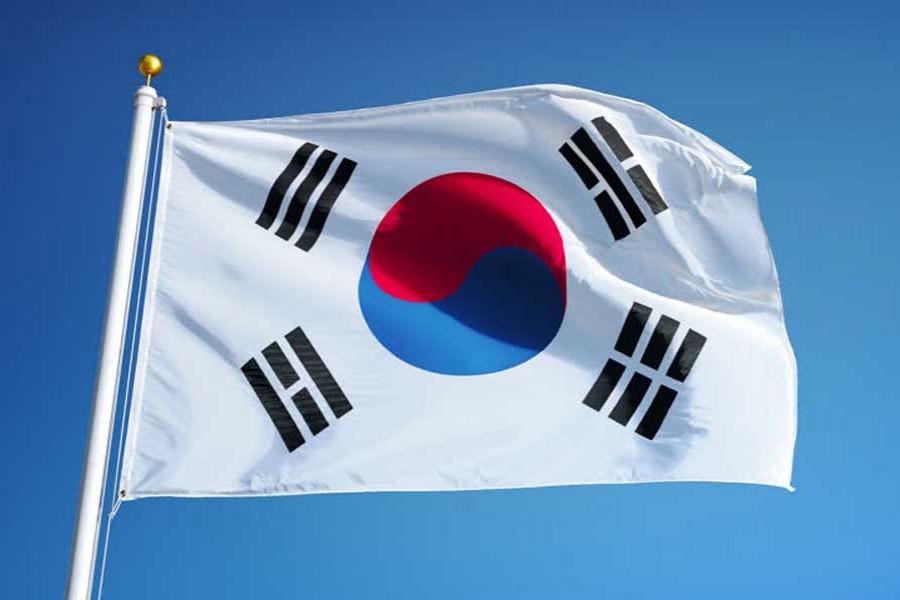Since the beginning of July, South Korea has played almost all of its cards to deal with Japan's export controls. Seoul reported Tokyo at a WTO meeting for tightening export curbs. The former is stepping up diplomatic overtures to the US to mediate and is boycotting Japanese products. But all those tactics are seemingly having little effect.
Reading the Art of War, an ancient Chinese military treatise, one will get a better understanding of the situation.
"If equally matched, we can offer battle; if slightly inferior in numbers, we can avoid the enemy; if quite unequal in every way, we can flee from him. Hence, though an obstinate fight may be made by a small force, in the end it must be captured by the larger force," reads the book.
It means if a weak troop stubbornly fought to the end in a fight, it would be captured by the stronger one.
Reports show that Japan's tighter export curbs due to go into effect will target three materials: fluorinated polyimides, photoresists and hydrogen fluoride. The three chemical ingredients are indispensable to South Korea's semiconductor manufacturing.
The semiconductor industry is a pillar industry in South Korea. The South Korean economy grew 2.7 percent in 2018. If the contribution of the semiconductor industry is excluded, economic growth rate would fall to 1.4 percent. South Korea cannot afford to lose the semiconductor industry.
The development path of South Korea's semiconductor industry in the past 20 years or so has been very successful. As Japanese chipmakers, such as Toshiba, withdrew from semiconductor manufacturing, South Korean companies grabbed the opportunity to take over the memory card market.
Enterprises such as Samsung and SK Hynix have quickly risen in the global chip market, showing the outside world a high-tech image of South Korea, which is dominating the upstream industry chain. However, over-dependence on the semiconductor industry has led to distortion of the country's economy.
There are three major steps in the semiconductor manufacturing process: design, manufacturing and assembling and testing. Key equipment and materials are needed in the latter two steps, as they are the guarantee for smooth chip-making.
Japan's hard-core capability lies in its raw materials and hardware equipment production. As technical thresholds, especially for material production, are high, products made by many Japanese enterprises are irreplaceable.
Facing the competition from the US and South Korea, the Japanese industry was forced to transform and upgrade, moving upstream in the industrial chain. Given its advanced technology, the best choice for Japan is to move upstream.
China can learn the lessons from the trade row between Japan and South Korea. An ideal strategy is to develop both upstream and downstream technologies. When it comes to supplies, one should not put all eggs in one basket and try to maintain more suppliers rather than one.

- Friday, 10 January 2025 |
- Today's FE |
- e-Paper |
- Beta Website

